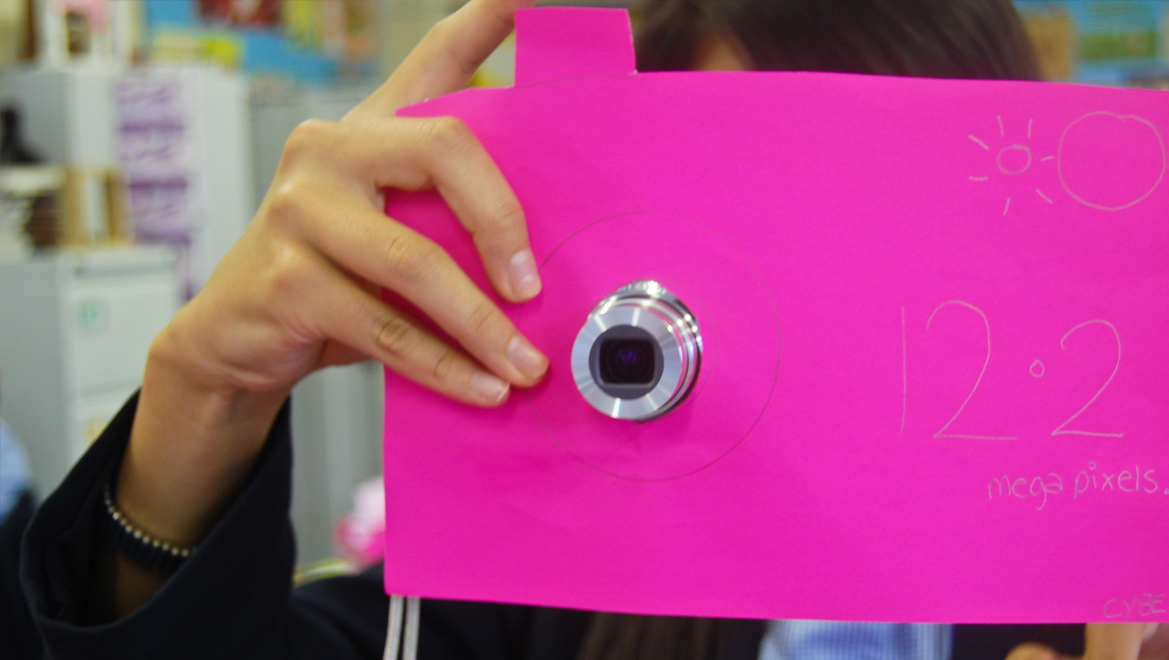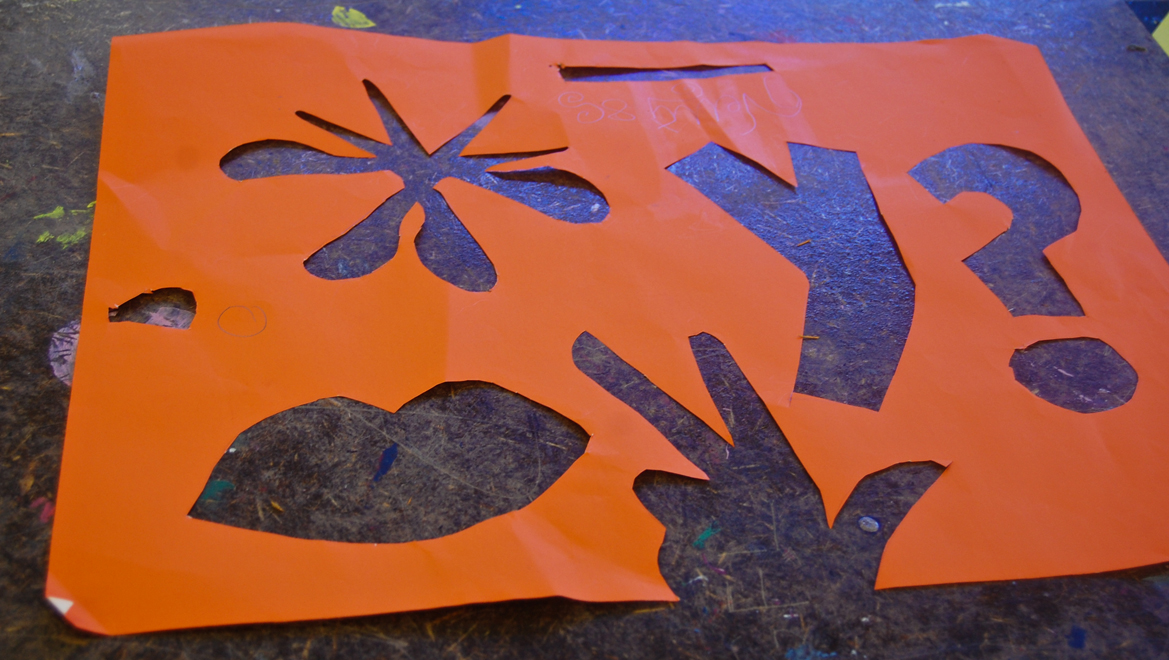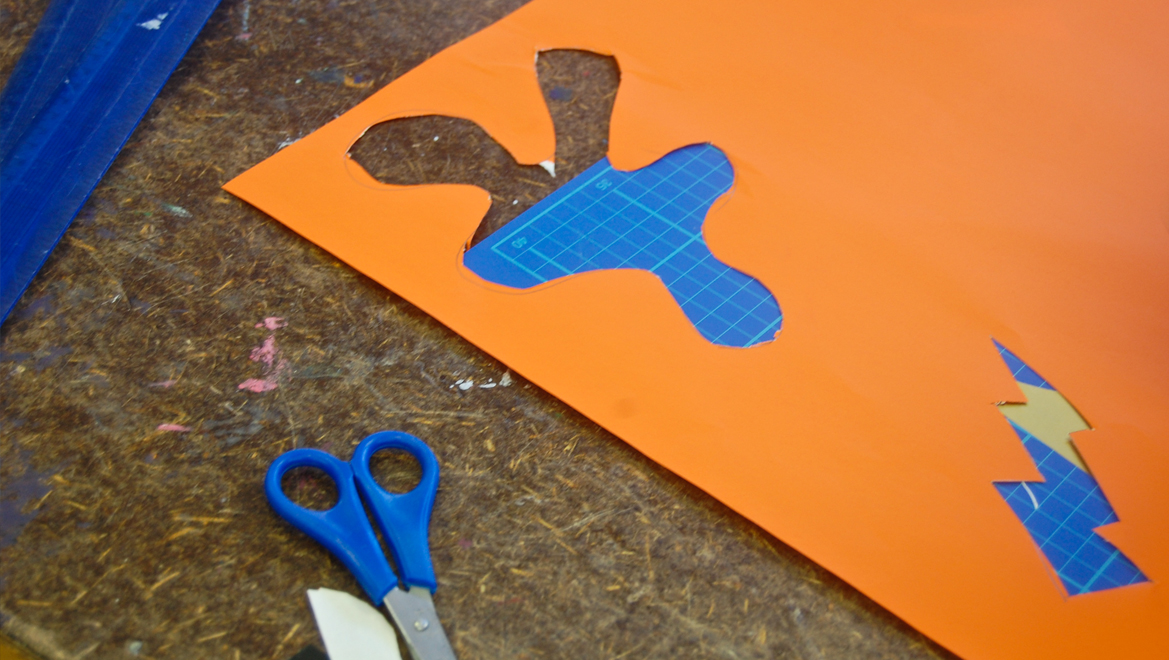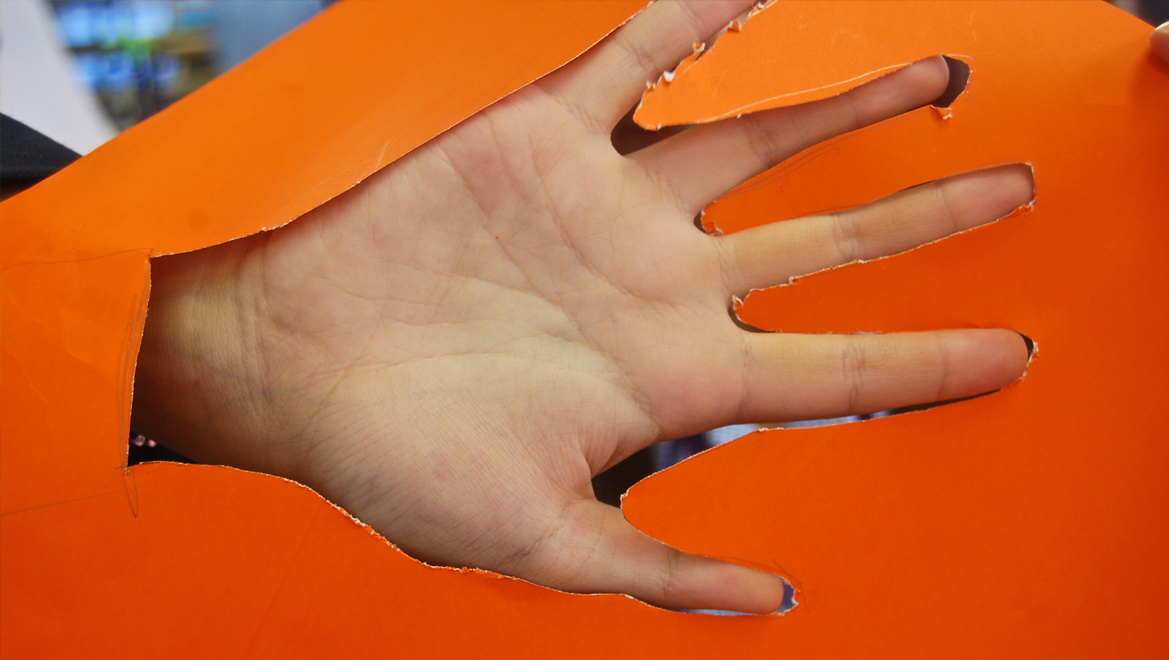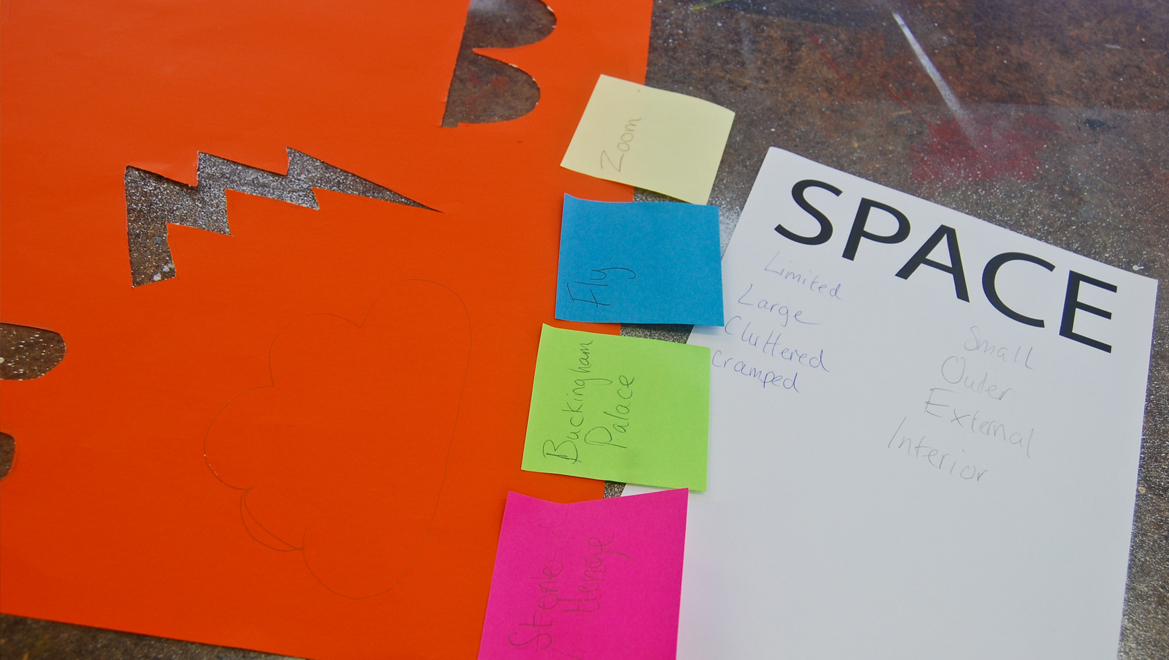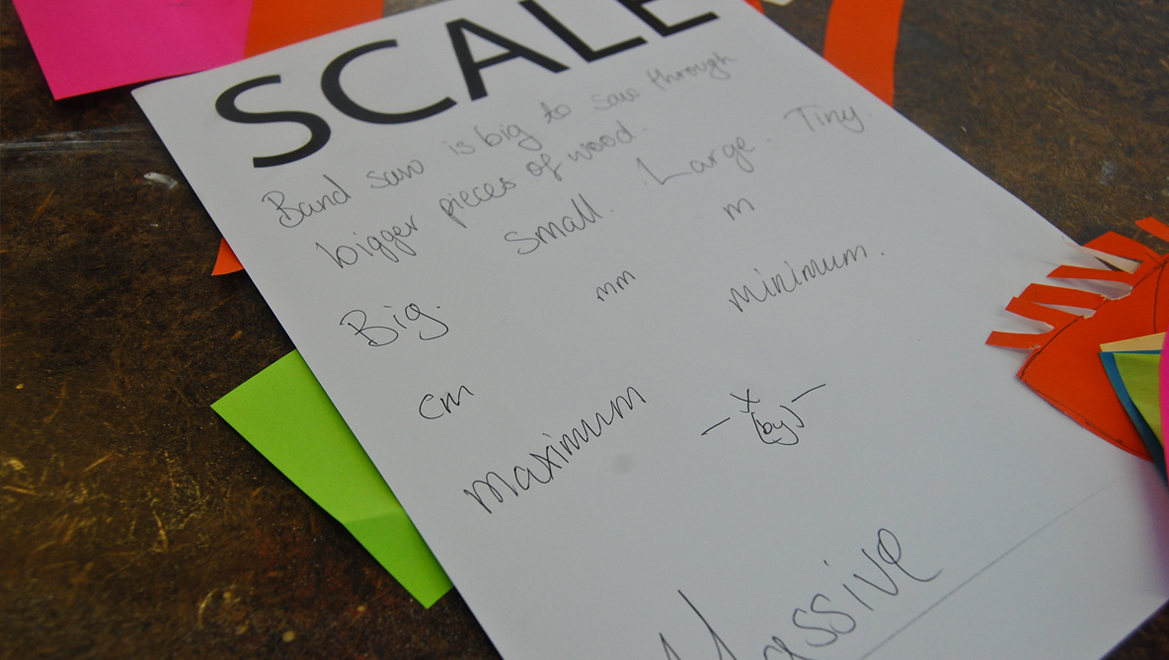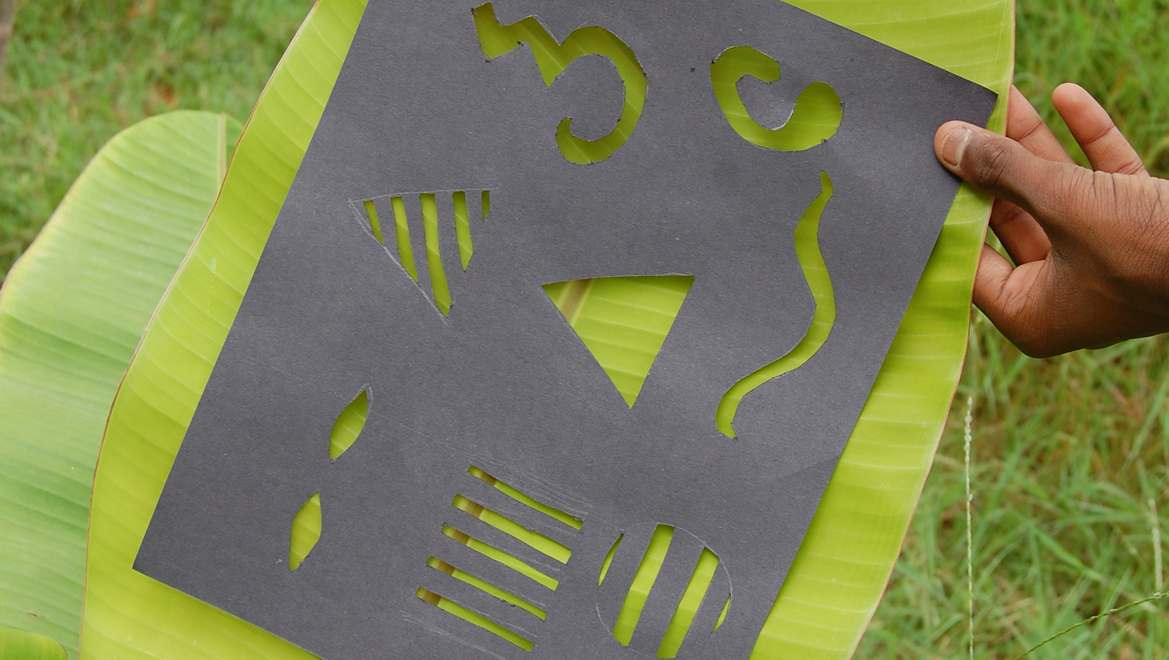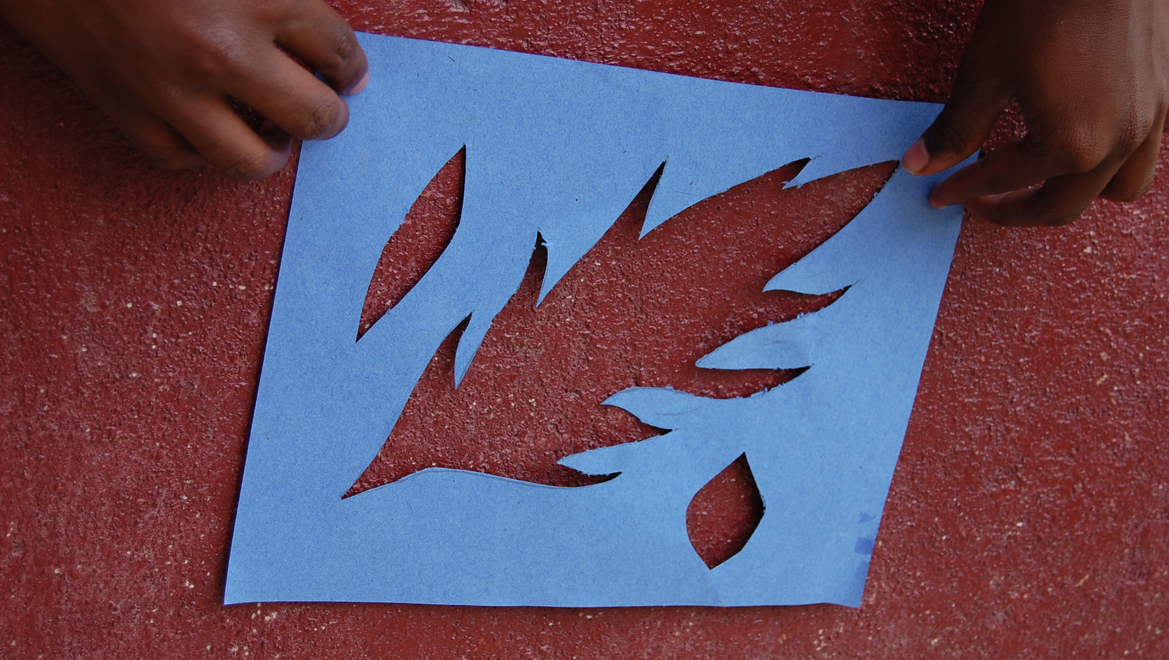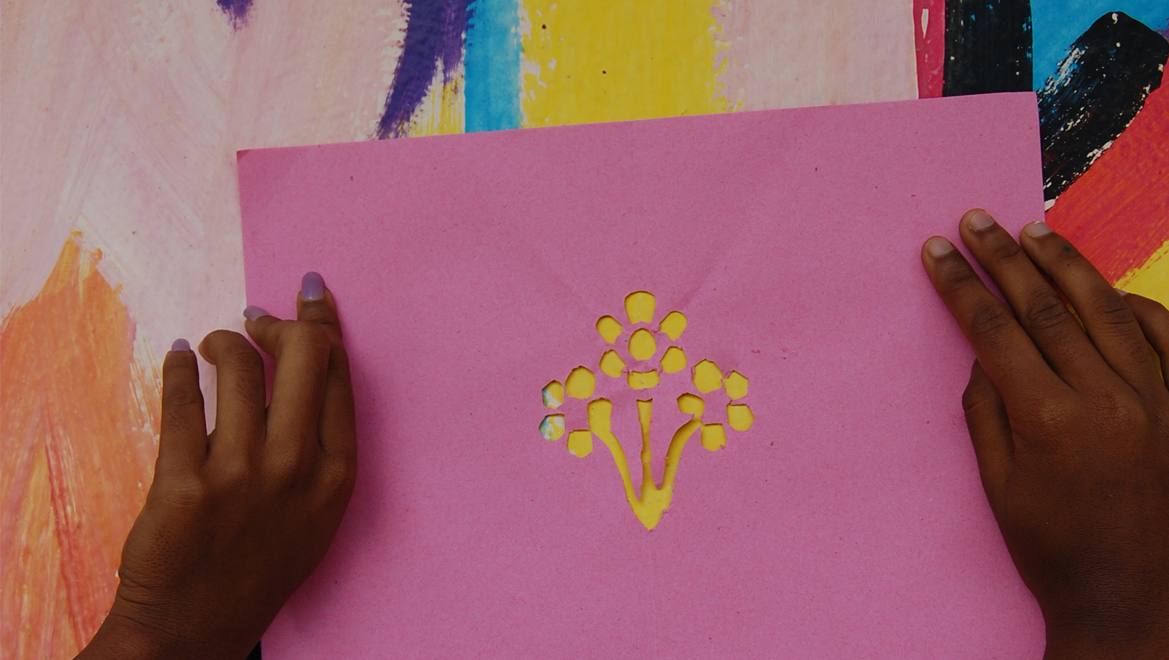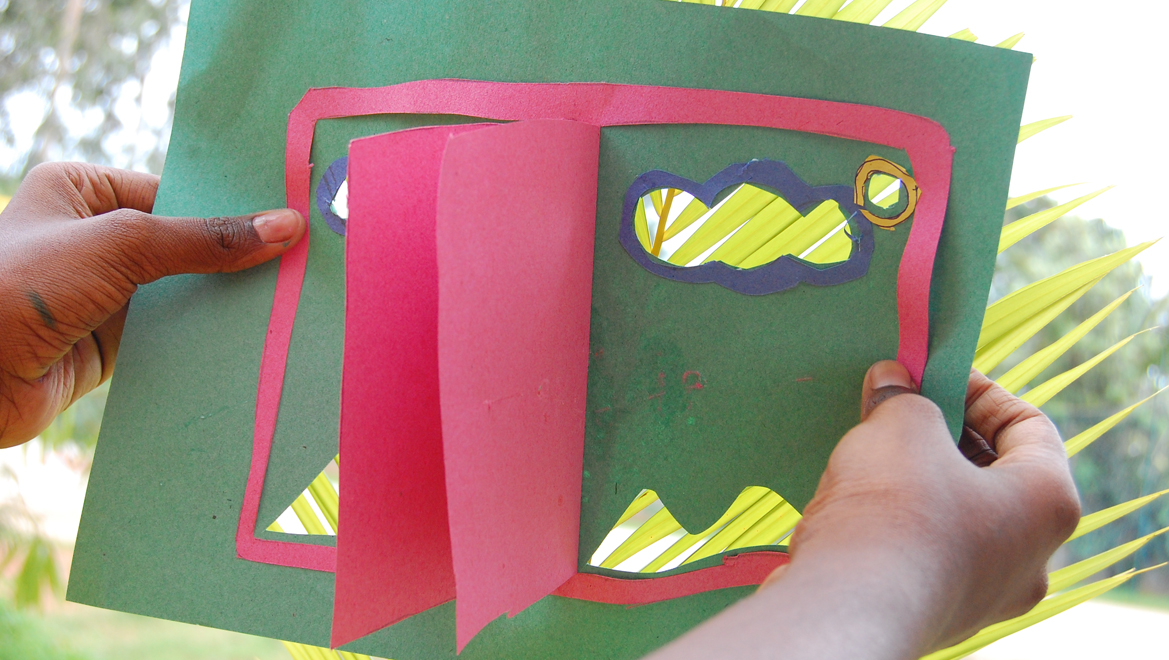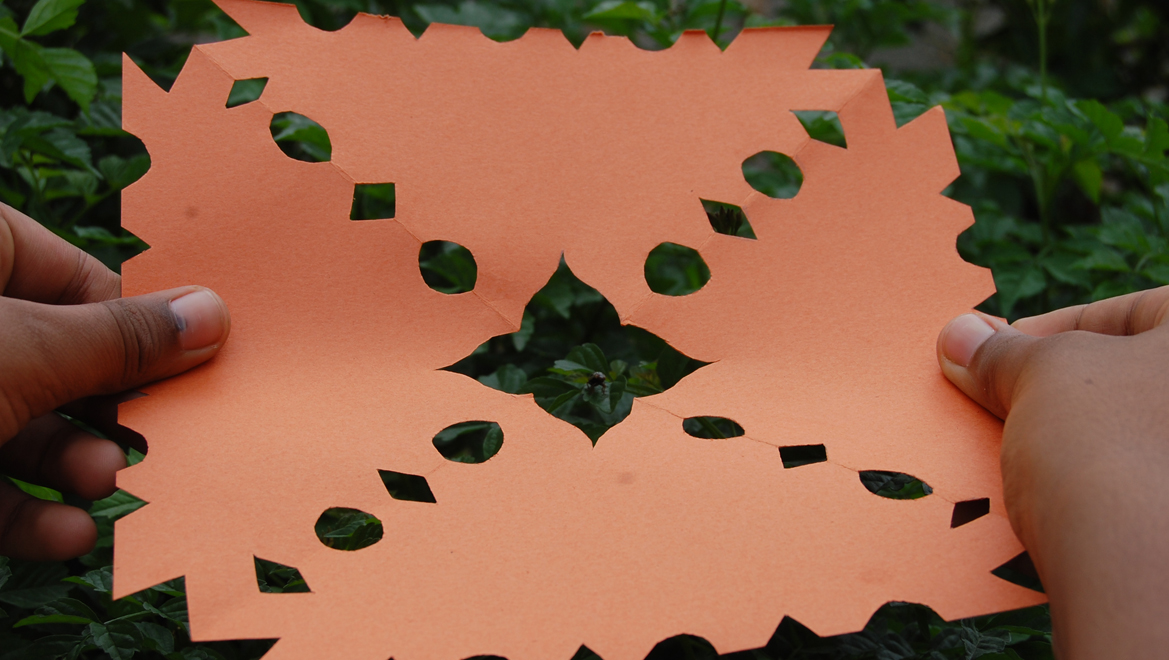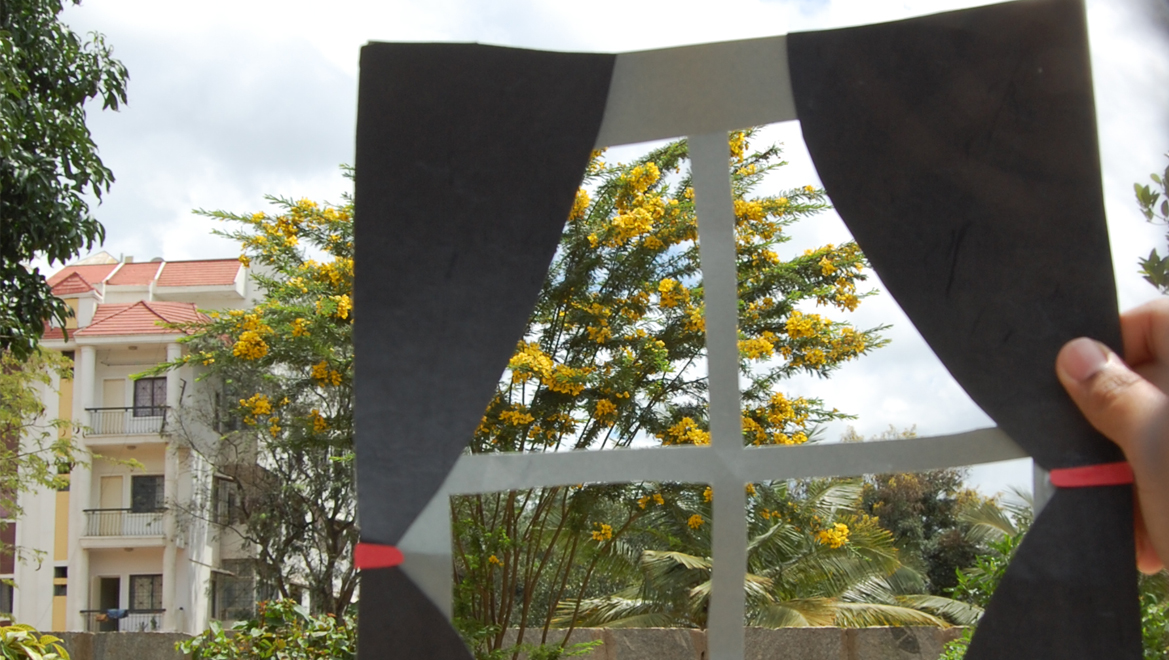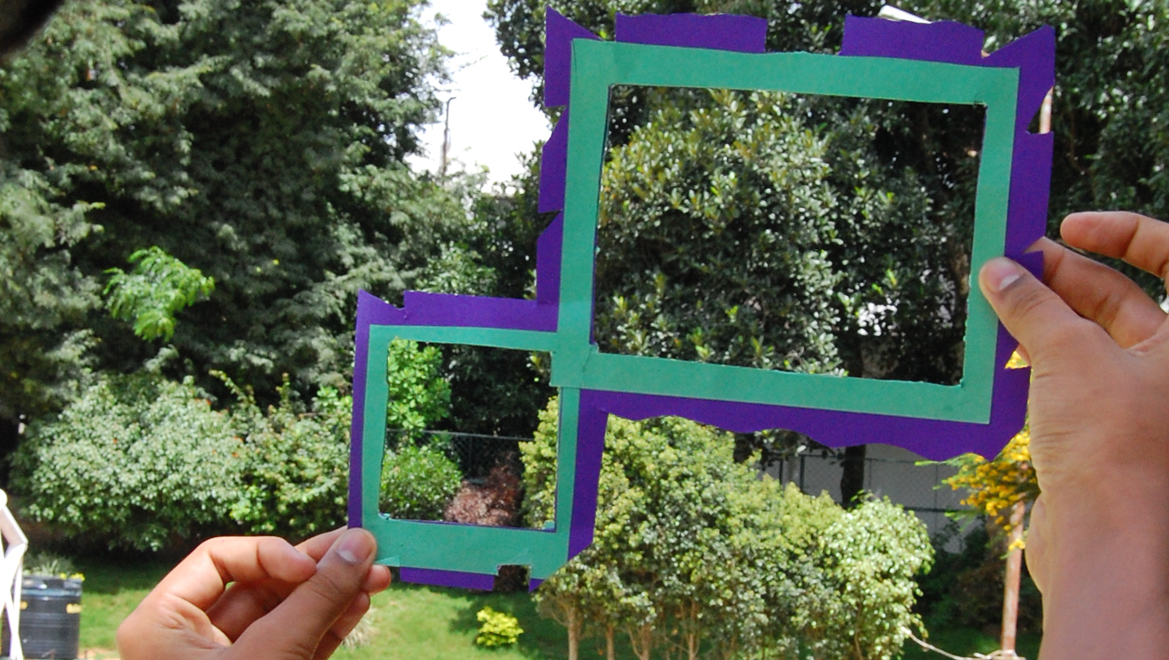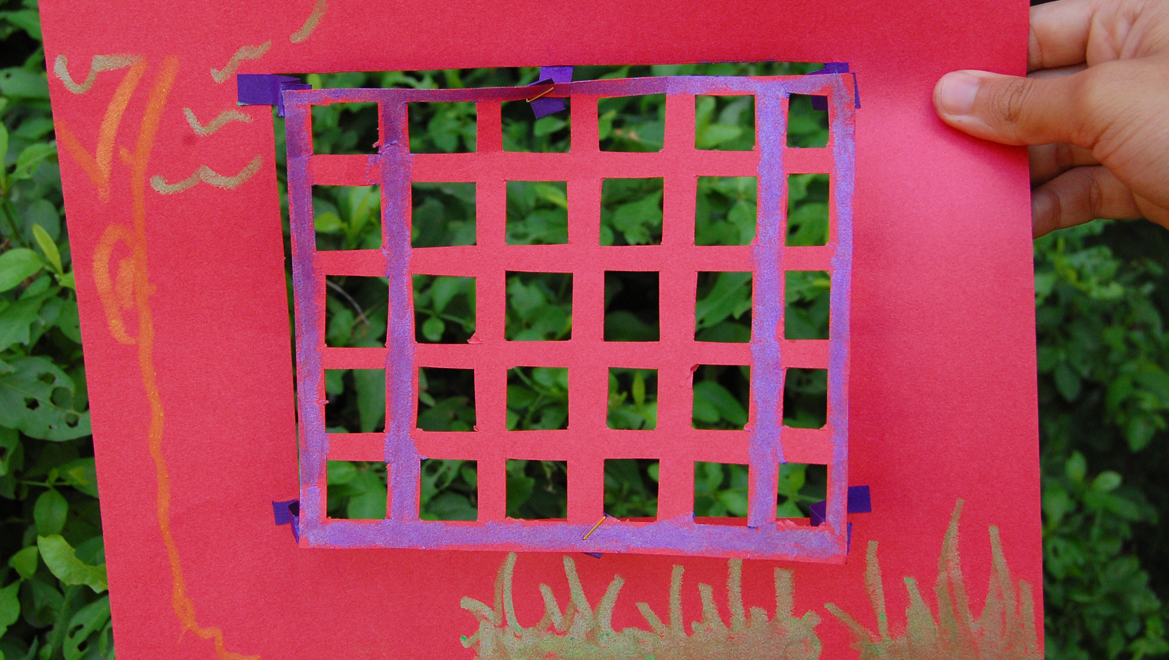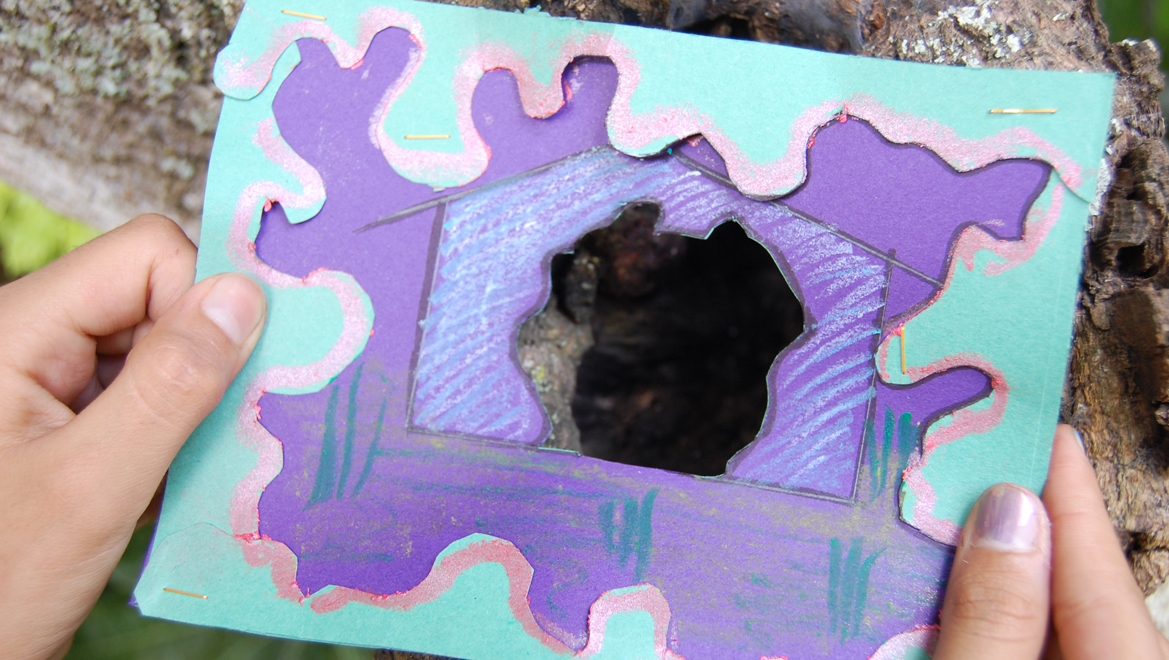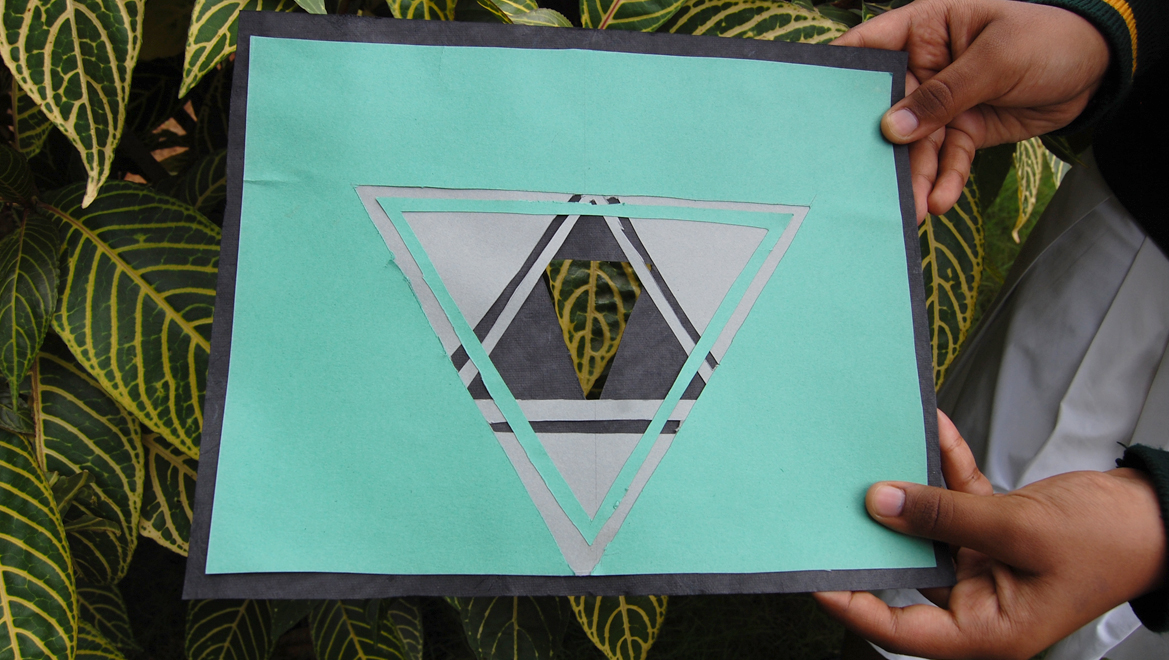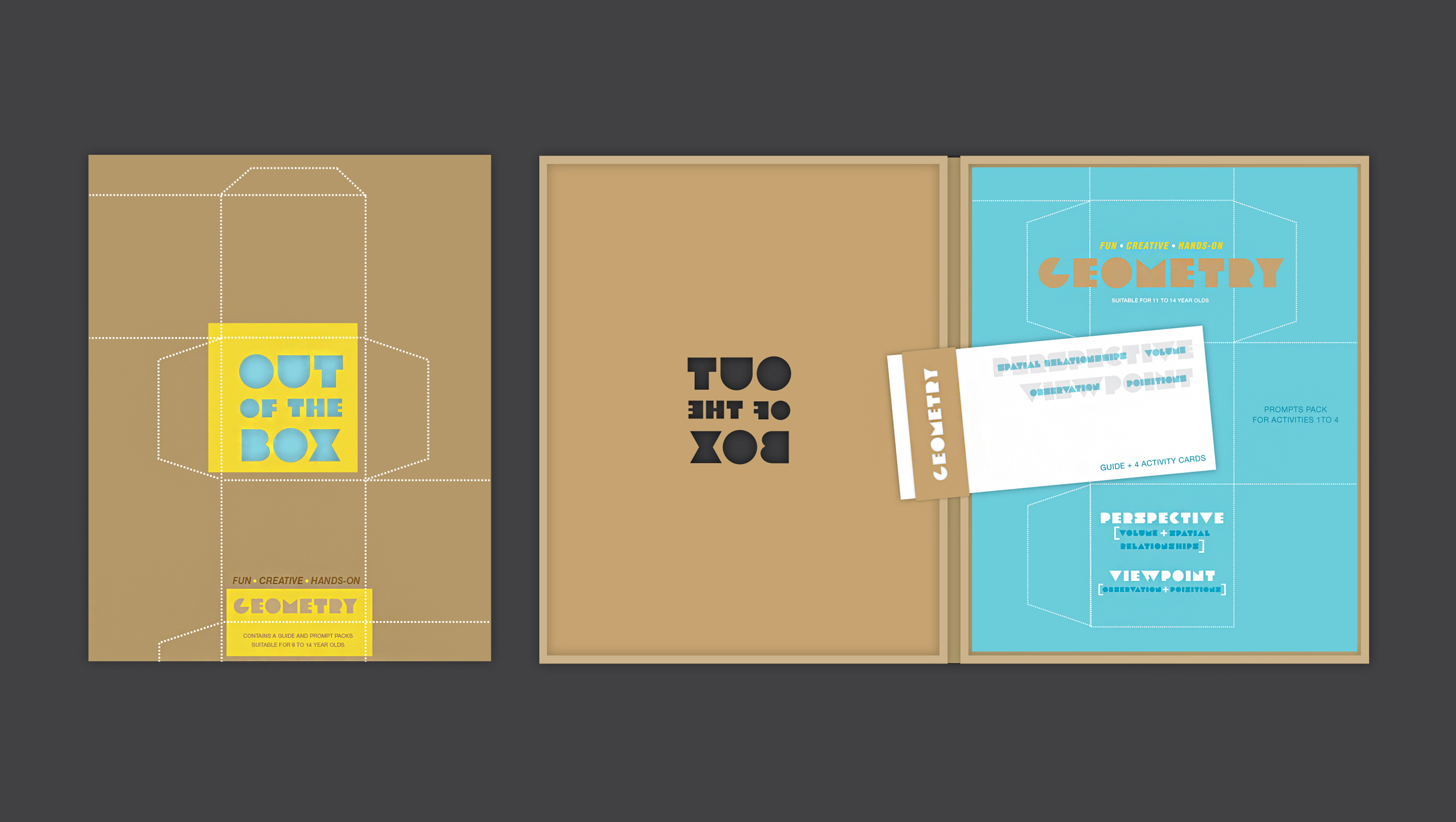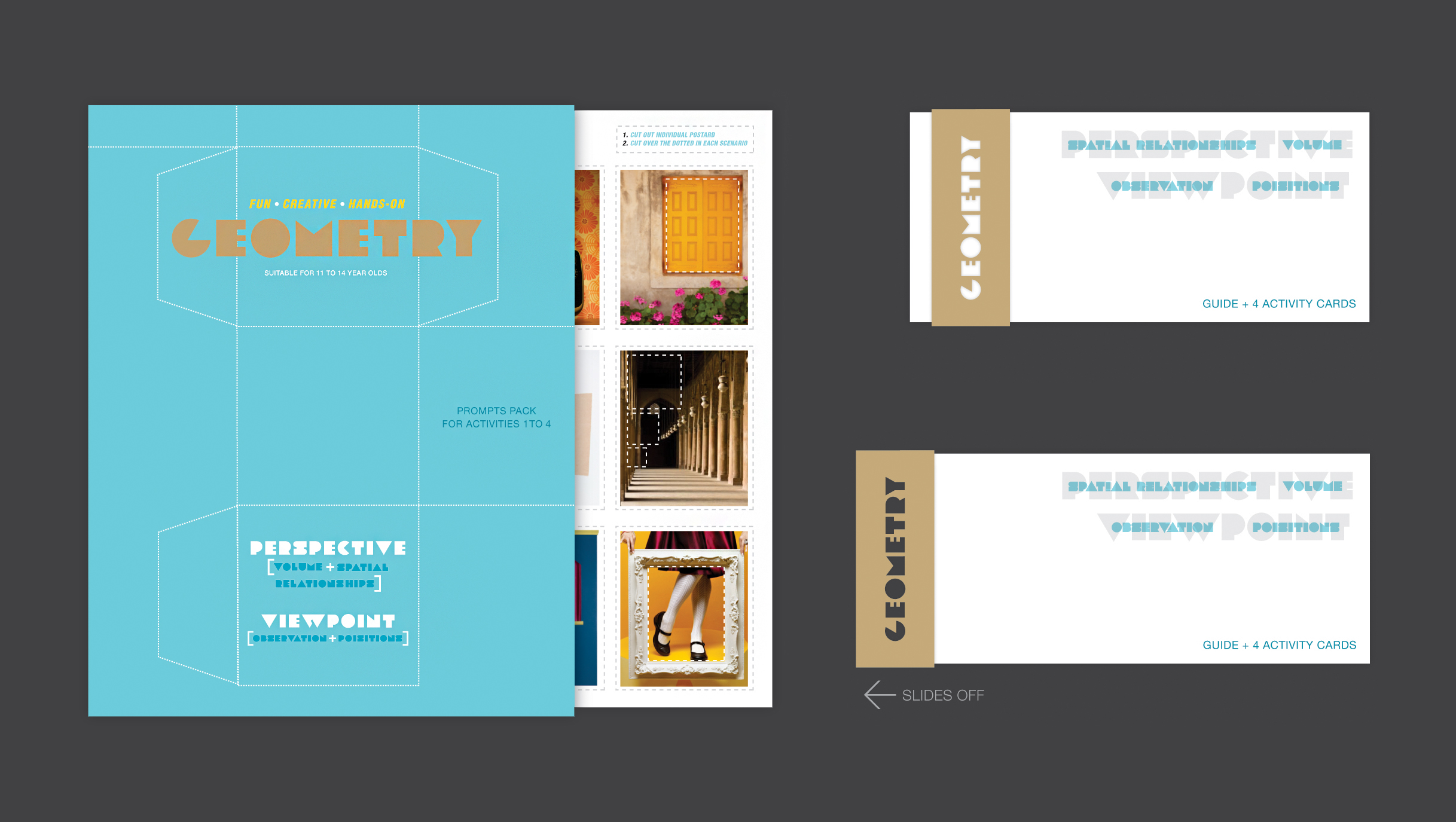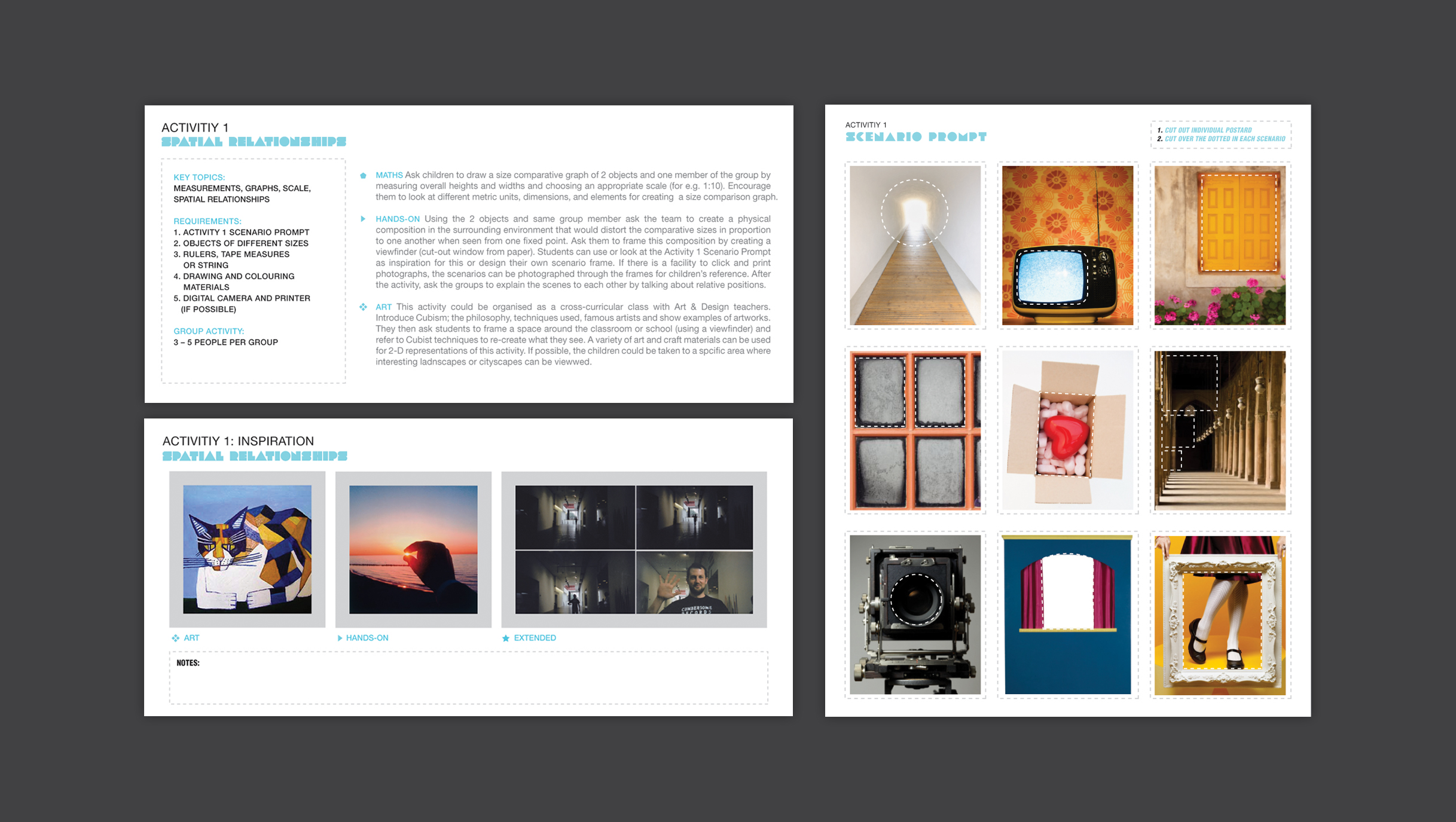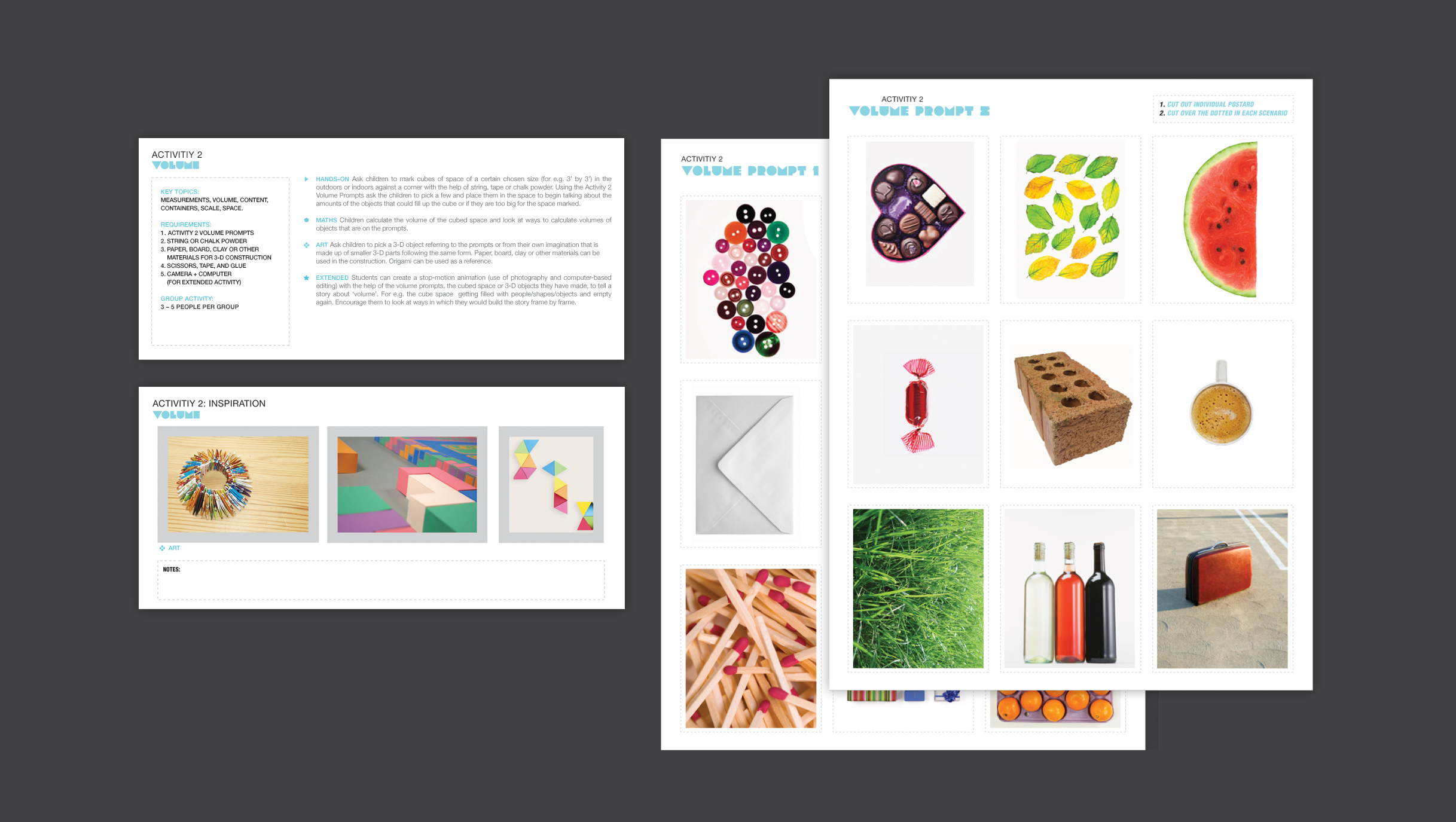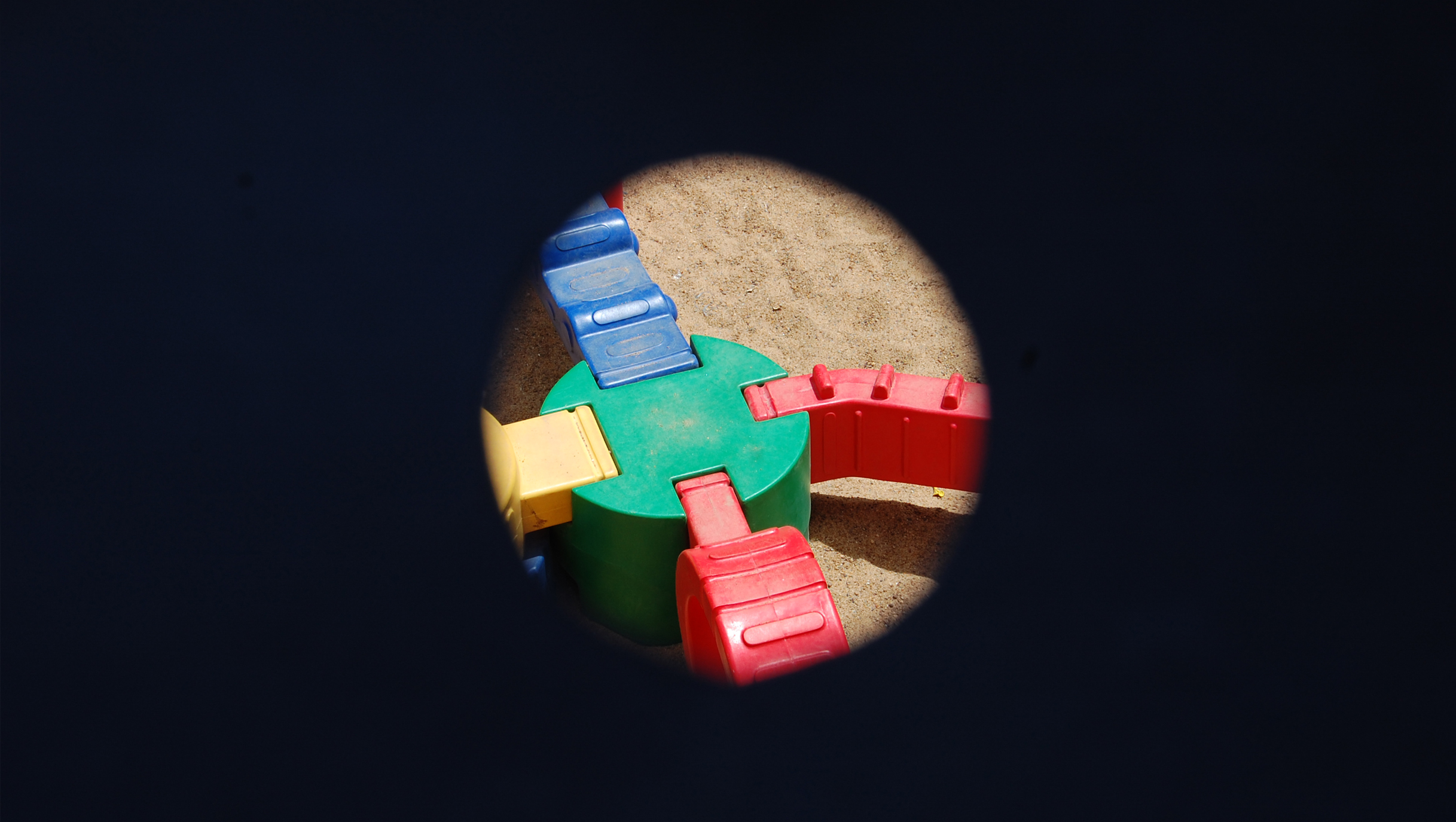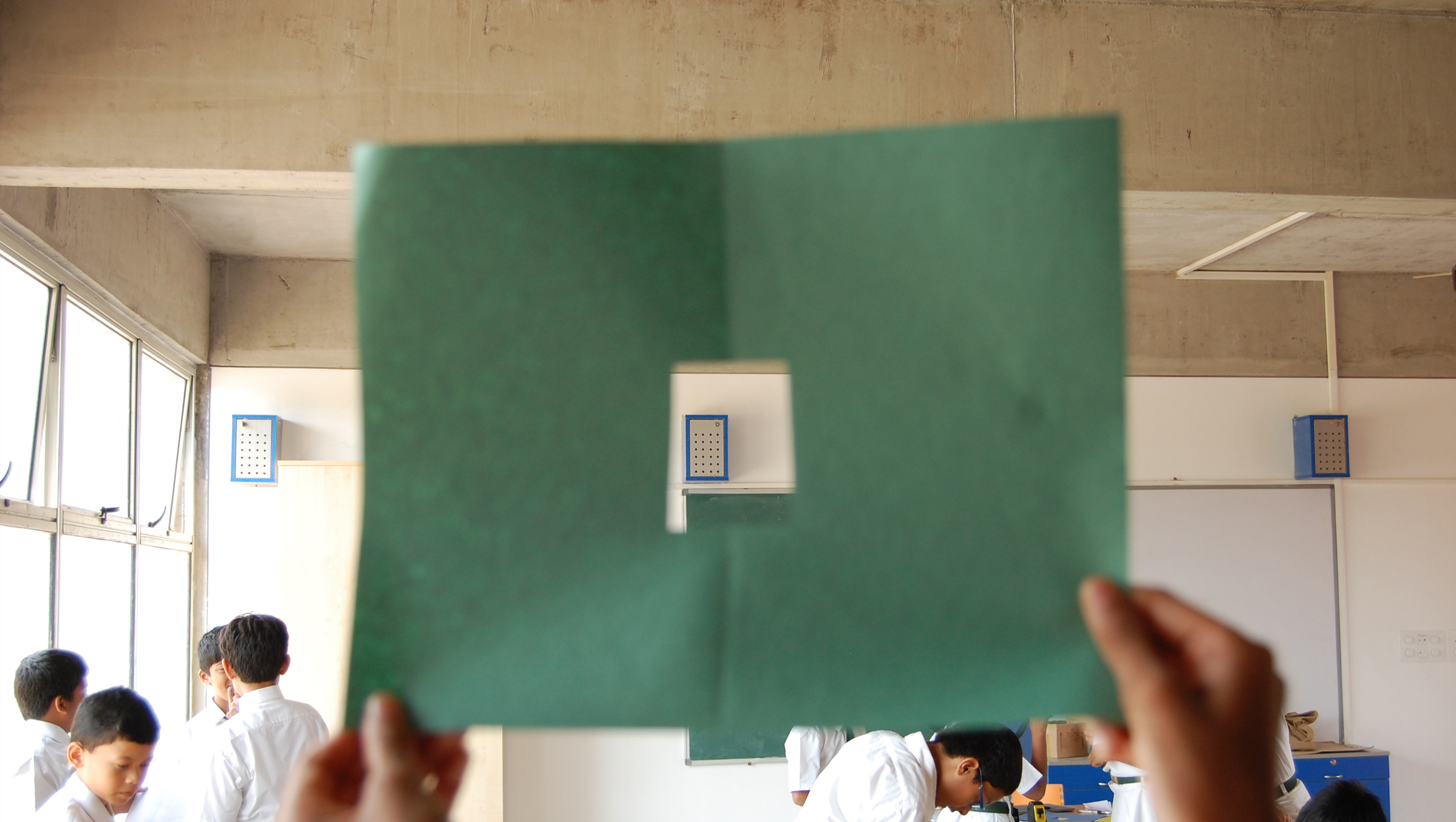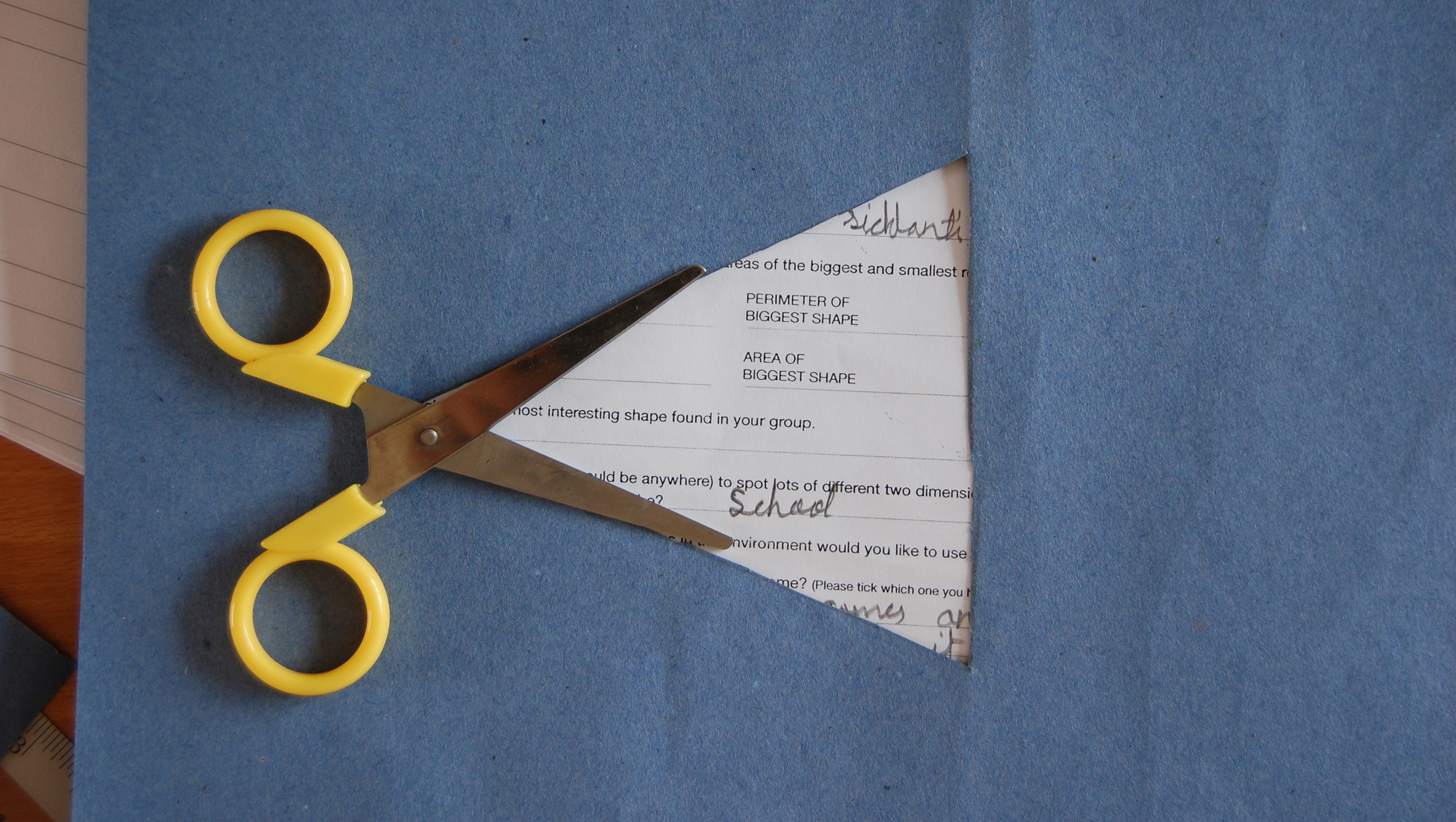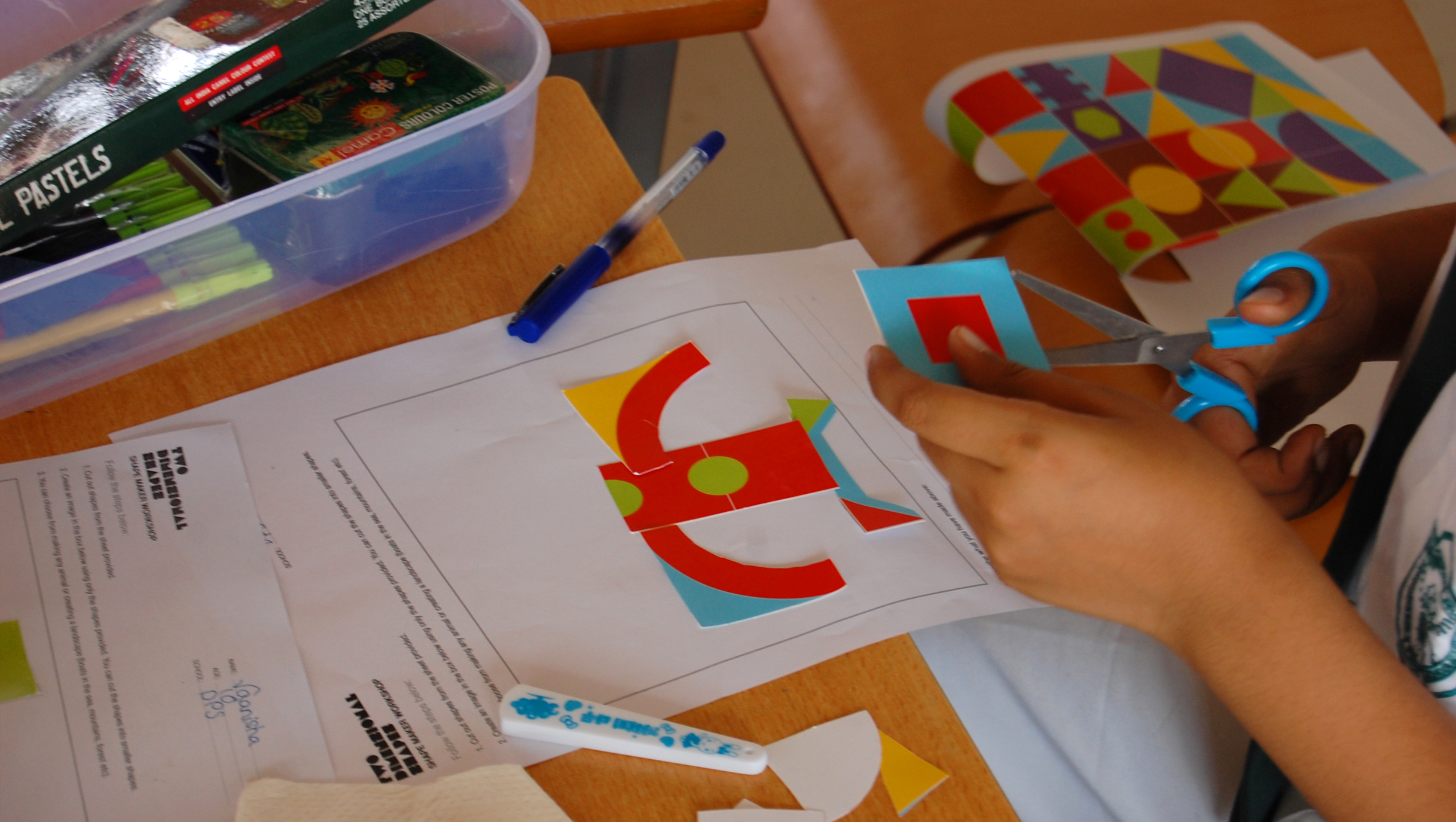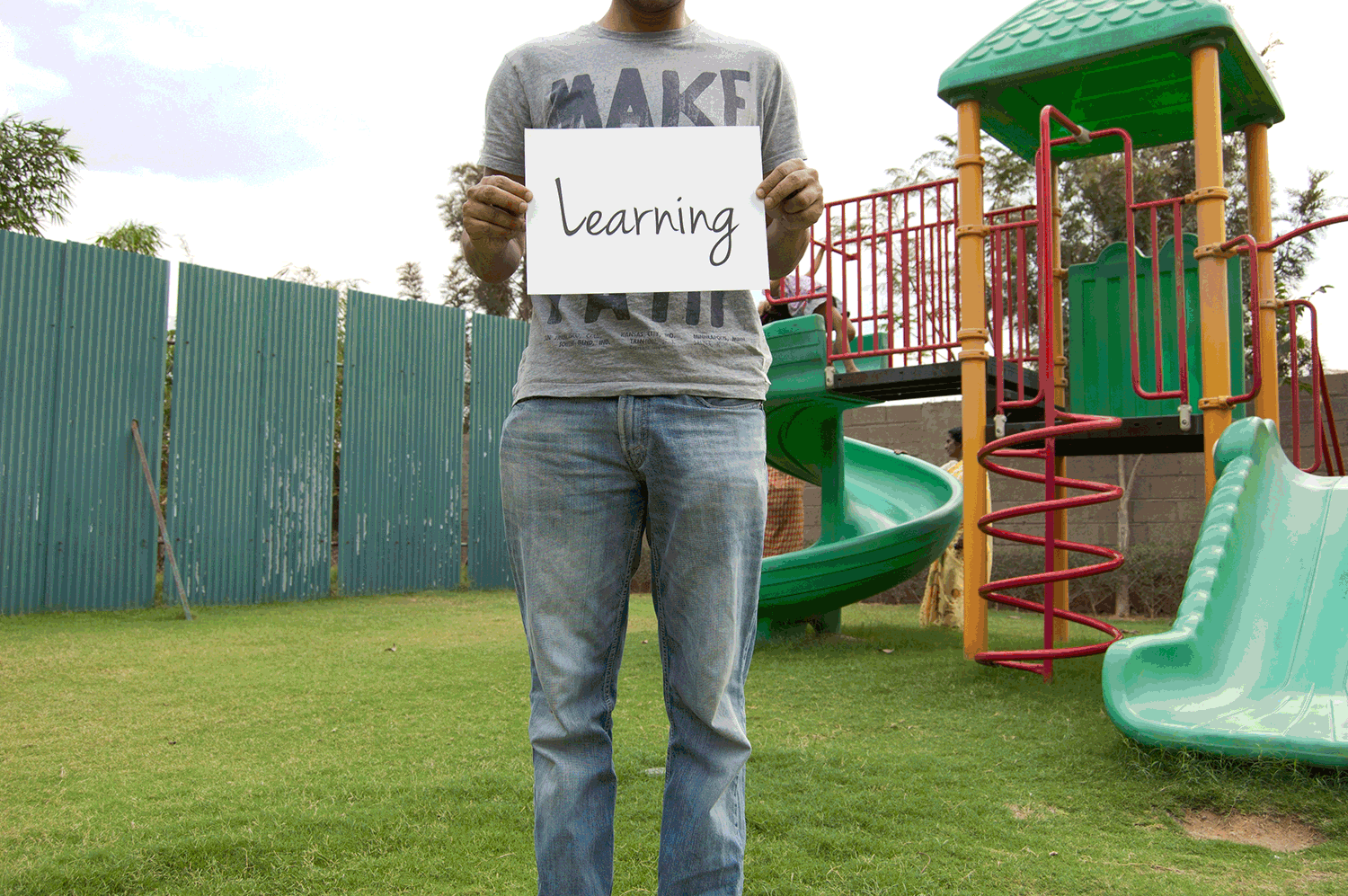OVERVIEW
Children’s engagement with their physical environments is vital for their
personal, emotional, and social development, but is sharply declining in urban and urbanizing places.
There are fewer public and outdoor places for children to play freely and safely in. The wave of information, media, and games available on gadgets and online have made children more dependent on indoor activities.
The aim of the project is to bridge this gap by providing children with a hands-on and creative learning experience through interaction with their physical environments.
Research Methodology
Preliminary research helped outline the following key issues:
- A child’s time is mostly spent at school where deadlines to cover curriculum, restricted play spaces, and safety norms don’t offer enough opportunities to interact with the outside surroundings.
- Schools that follow antiquated approaches towards education leave students no time for anything but work-related engagement.
- Parents with busy and hectic lifestyles do not have time to support their child’s outdoor play needs.
The next step was to directly engage with children to better understand their influences from and interactions with their environments. Workshops were carried out in urban schools in central London (UK) and in Bangalore (India) as well as a rural school in Bangalore to serve as a comparison.
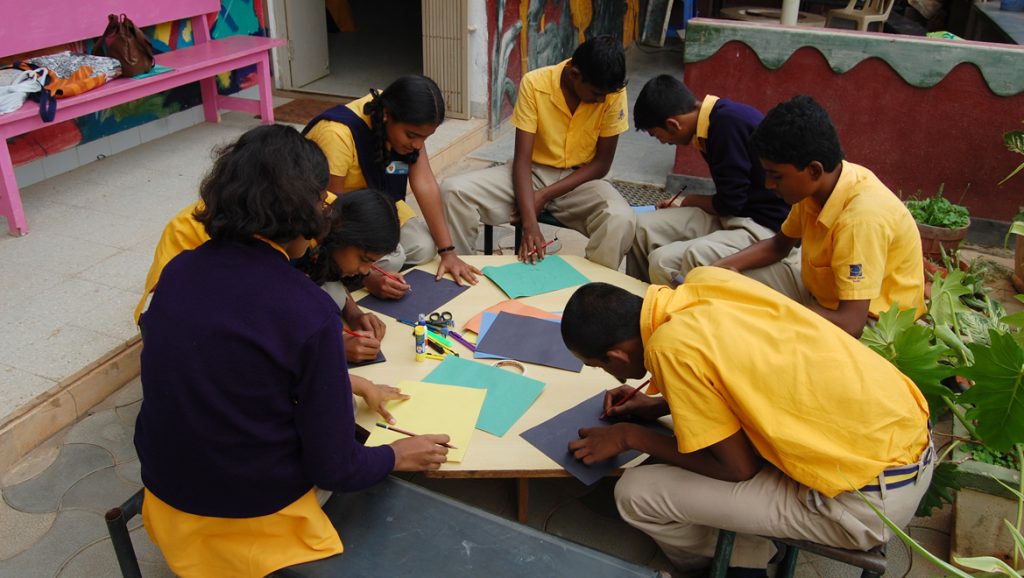
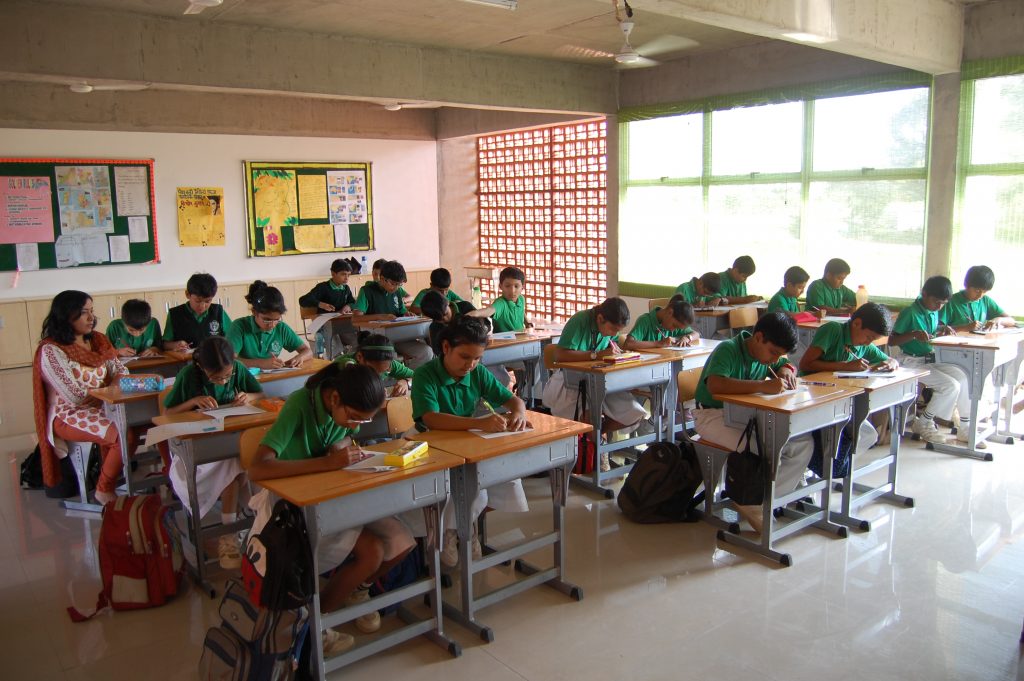
The age group of 11-14 yrs was chosen since children in this group would have the ability to respond to ‘play habits’, as well as comprehend and engage in the research activities.
A mixed-method approach was designed incorporating the class timetable:
- Observatory studies: To immerse in the school environment, understand interactions between teachers & students, study how time and nature of the physical environment influences learning.
- Questionnaire: Finding out most memorable places for children and why, time and kind of activities spent indoors vs. outdoors, and the kinds of toys played with and favorites.
- Hands-on activity: Building a viewfinder (a seeing and framing window of their choice) out of paper and framing the environment around. Understanding the purpose of the viewfinder for the child.
- Discussion: Aspects of the physical environment such as scale and space were discussed in the first workshop. (After noticing the difficulty children were having relating to the activity, it was removed).
- Reflection: Children define their viewfinder and its purpose, identify places they would use it in, if they felt it could help them pay more attention to their environment and benefit learning in any way.
Images from workshops conducted in London (UK)
Images from workshops conducted in Bangalore (India)
Top Findings
The following conclusions can be made based on the primary and secondary research analysis:
There is a strong indication that the kind of environment a child inhabits influences his or her thinking and creativity.
Rural workshop results showed a maximum number of references to nature and abstract shapes (viewfinder activity). In contrast, the urban workshops showed a large number of built forms (doors, windows, etc.). Emoticons, icons and action symbols in the London workshop could be an indicator of time children spend online (chat messengers, gaming etc.).
The younger children, in general, created more literal viewing devices / viewfinders such as cameras, binoculars, etc. The older children in the urban schools explored themes such as shape and scale.
Nature and outdoor activities were seen as the most popular memorable journeys for children across all settings. Furthermore, a large percentage of children thought there were possibilities of learning various subjects outside of their classrooms after taking part in the viewfinder activity.
“I started to notice so many shapes all around me.”
Designing a Solution
The research results led to a solution that combined three key aspects of a child’s development:
1. Engaging with the physical environment
- Benefits: Developing core personal & social skills, gaining spatial cognition, staying physically active, and feeling creatively inspired.
2. Creativity as intelligence
- Benefits: Creativity is a functional part of ‘intelligence’ that can be realized in anyone in various forms.
3. Encouraging play for better learning
- Benefits: A child’s perspective can change towards previously perceived boring or difficult subjects, help prompt imagination and creativity, and develop social skills when playing with others.
A toolkit that helps middle-aged children learn concepts of geometry by playing with the physical environment.
The kit consists of activities, inspiration cards, and prompts that aid hands-on, creative and cross-curricular learning. It can be used by parents, teachers, and children in versatile and playful ways and prompt ‘out of the box’ thinking.
To test the kit, workshops were conducted in Bangalore urban schools and a more detailed version of the kit was further developed.
“I learnt how to spot shapes around me, measure them, and make pictures from shapes.”
“We did a lot of fun activities and I learnt what I had forgotten in the last class.”


